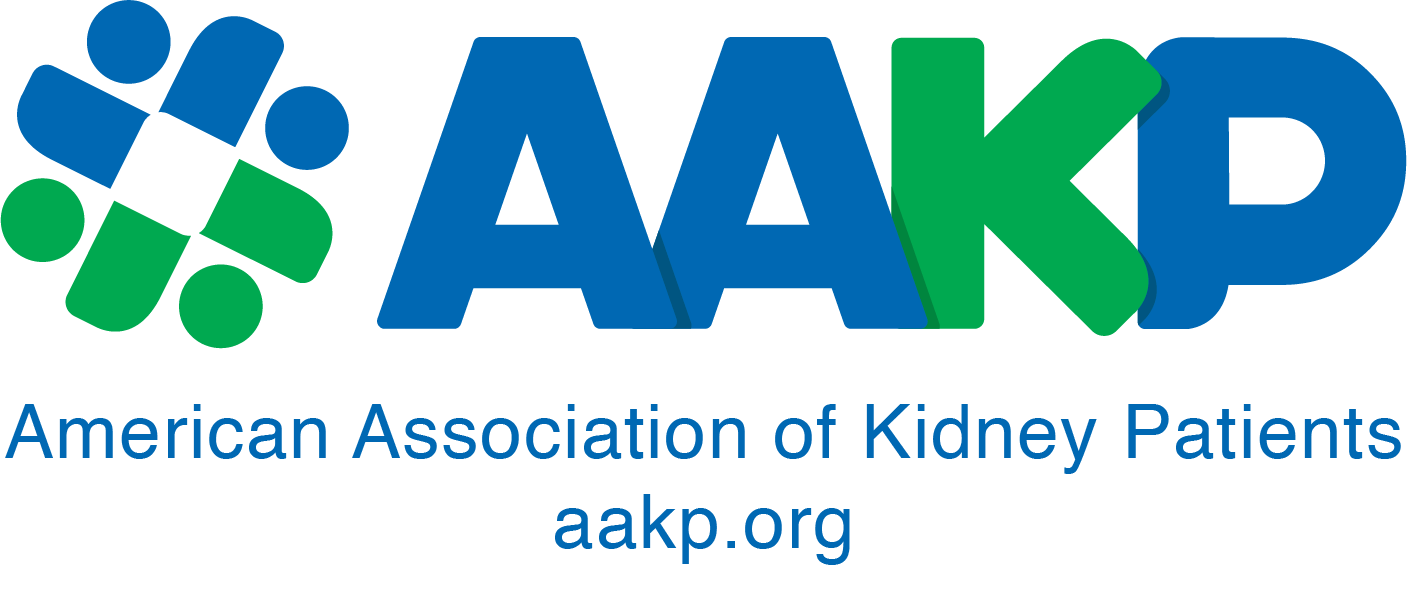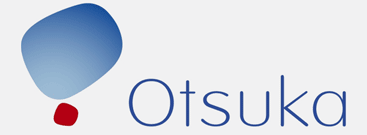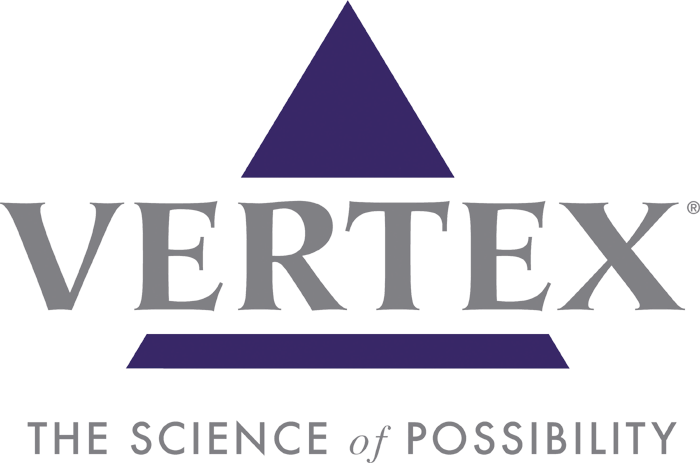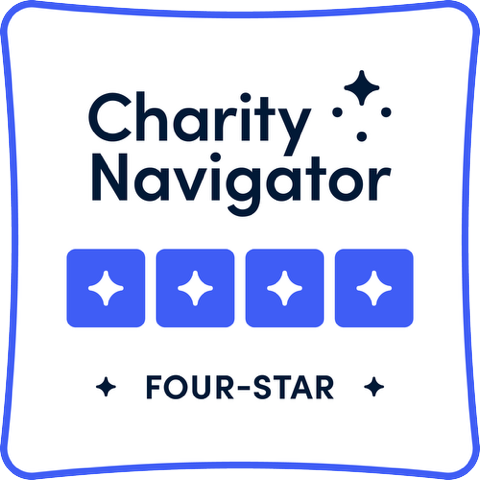Third Kidney Inc. is focused on utilizing the human body’s skin sweat glands for purposeful, measurable, replicable renal function. The low-risk, sauna-based procedure Third Kidney has developed is built upon a large body of prior medical work, as well as numerous holistic cross-cultural health practices from around the world. Third Kidney has completed animal testing and is now certified to begin human testing. If successful, this sweat-based therapy will greatly improve renal replacement therapy and the lives of chronic kidney disease patients.
Tell us about your first experience with kidney patients and what impressions that left on you as a person and as a professional.
My first experience with kidney patients was working as an EMT transporting them to and from their hemodialysis appointments in New Jersey. At that point in my life I didn’t understand the science behind dialysis, only that it purifies blood. I saw firsthand that the person I transported to dialysis was a different person than the one I transported back home. On the way to the appointment, the conversation was rich with occasional laughs, but, on the way home it was better to be quiet and let the patient rest. As one patient described the process, “I spend one day doing dialysis, and one day recovering from it.”
I greatly sympathized with my CKD patients. I had the idea for Third Kidney one day when I was exercising: I realized I could smell ammonia in my sweat. I did a few calculations and determined that while sweat could not excrete a useful amount of ammonia from the body, it could clear the less toxic form of ammonia, urea, in clinically useful amounts. This was a major discovery. I realized in that moment it was my social responsibility to pursue this as a potential avenue of renal replacement therapy. I recognized that sweating had the potential to reduce dialysis dependence and improve the lives of all CKD patients, including the ones I had previously worked with.
How would you explain or describe Third Kidney to kidney patients?
The skin is the human body’s largest organ. It has the potential to act as a “third kidney” when the native kidneys fail. There are many similarities between the sweat gland and the nephron. In short, sweat glands can support kidney function by excreting a good amount of what kidneys naturally excrete.
Based on prior scientific studies in humans, we know several facts about CKD patients using sweat therapy:
- They lose of 4.2g of Potassium per 30-minute sauna session. Their Potassium decreased from an average of 5.9mg/dL to 5.5mg/dL with 4 weekly sauna baths.
- Their Sweat to Plasma potassium ratio is 3:1.
- Their Blood Urea Nitrogen is reduced from 110mg/dL to 80mg/dL after 6 consecutive days of treatment and still trending downward. They also experience decreased muscle cramping.
- They were able to increase protein intake up to 60g/day.
The bottom line: sweat therapy treatment naturally removes what dialysis patients need removed.
In regards to Third Kidney as a treatment option – what do you think are the most important things patients and their caregivers should know about this innovation?
The most important thing to know is that sweat based therapies to treat kidney disease are physiologic. Your body is designed to perform these tasks and unlike dialysis, it doesn’t always need to filter blood directly, potentially causing hypotension and other complications of dialysis. The skin is a natural storage space for toxins like urea, potassium, and salt.
The potential for home treatment, rather than treatment requiring travel, is another plus for sauna therapy. As a dialysis patient, saunas at home could be taken together with friends and family ultimately encouraging friendships and bonding.
Third Kidney currently is designing an operational medical-grade sauna capable for research and manufactured by the largest sauna manufacturer in the United States. With the proper support, production models would be available in September 2018 for safety trials.
As an entrepreneur in the renal industry, you know well that it is not easy to develop a novel approach to treatment or enhanced care. What do you draw upon internally to keep your drive, optimism and focus on patients going at full speed during the tough days?
The sense of social responsibility to this cause drives me. As a physician, I believe that making patients’ lives better is the right thing to do. Third Kidney provides a way to accomplish that. In addition, I have spoken with the dedicated people who have pursued similar therapies in the past, and I have their encouragement to pick up where they left off. I also draw inspiration from other cultures and figures throughout history who have used sauna therapy for health and wellness. Ultimately, I think the best way to get through tough days is to have the support of people who believe in and care about your cause.
By the year 2020 – what do you expect to see in terms of how care is provided to kidney patients, what immediate changes do you think can occur?
By 2020, I expect that sauna therapy will be reducing the hours per day and days per week of required dialysis for CKD patients. I likewise expect that Third Kidney will have completed its medical grade sauna safety trial with support from Harvard Medical School, which already has been approved to begin.
I don’t expect any immediate changes in dialysis procedures, but when Third Kidney proves sweat based therapies work, we will need to be in close communication and coordination with dialysis facilities. Dry weight and Kt/v are drivers of the dialysis prescription and will be affected by sweat based therapies.
Final question – AAKP believes this can reveal a lot about a person – who is one of your heroes and why?
I admire Dr. John Harvey Kellogg. He was a late 19th / early 20th century physician who was the director of the Battle Creek, Michigan sanitarium. He was a major proponent of “phototherapeutic” treatment. His interest culminated in a seminal publication of Light Therapeutics: A Practical Manual of phototherapy for the Student and Practitioner, with Special Reference to the Incandescent Light Bath. His “light bath” utilized the electrical resistance of the light bulb filaments of over 100 light bulbs to produce enough heat to create his “light bath.” Dr. Kellogg worked tirelessly for his vision and was able to help many patients along the way. I am fortunate to be able to stand on the shoulders of a giant like Dr. Kellogg.
Dr. Ray Keller, DO, is an exciting new face in CKD treatment and is focused on revolutionizing renal replacement therapy. Dr. Keller is a leading expert and published author in medical sweat therapy who has received numerous grants for his ongoing research into medical sweat therapy for the removal of uremia. He is a graduate of University of New England College of Osteopathic Medicine, with clinical experience at Mayo Clinic and Meadville Medical Center. Dr. Keller is a dog lover who enjoys fishing, boating, and snow shoeing in his free time.
This article originally appeared in the July 2018 issue of aakpRENALIFE magazine.
























